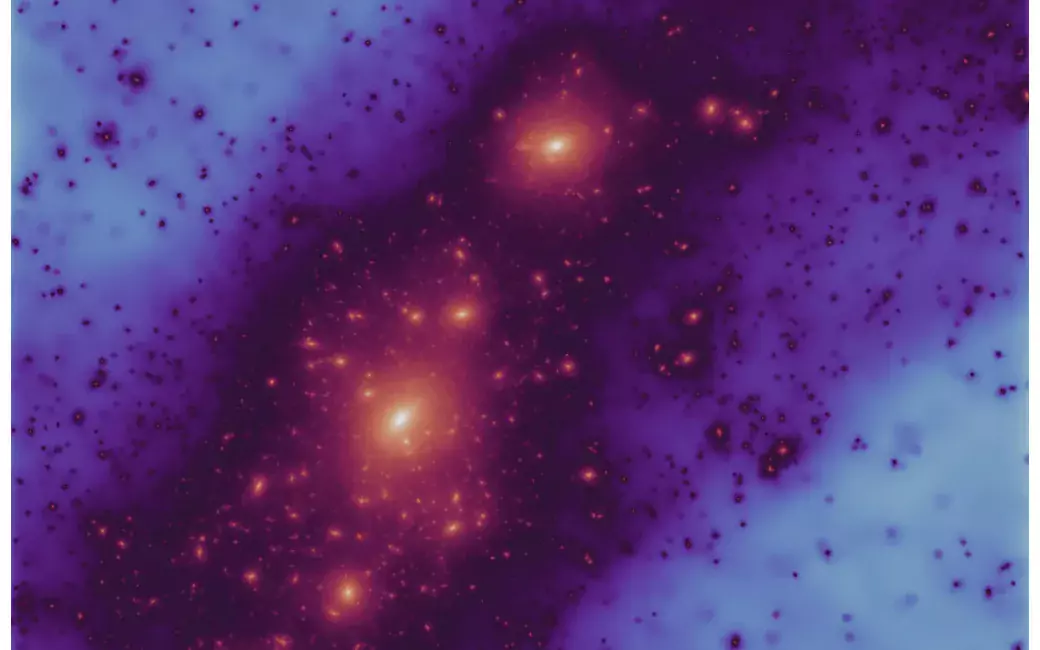A study led by researchers at the Universities of Helsinki and Durham reveals the curious structure surrounding our galaxy to be short-lived, and consistent with dark matter theory. This breakthrough was possible thanks to new supercomputer simulations and observations by ESA's GAIA space telescope.

The patterns traced by constellations of stars have fascinated stargazers since prehistoric times. Stories and myths, and even the ability to predict our future, were built around these evocative stellar arrangements.
Modern astronomers punctured the magic of constellations when they showed that they are mere visual, chance alignments of stars who are often at great distances from one another. Since stars are moving, wait long enough and new constellations will appear while old ones will dissolve.
More recently, another strange pattern, this time traced by bright satellite galaxies that orbit our own Milky Way galaxy, has gripped the imagination of modern astronomers and physicists. In the 1970s, the great Cambridge astronomer, the late Professor Donald Lynden-Bell, noted that these satellites seem to be arranged in an implausibly thin plane piercing through our galaxy - the Milky Way's "plane of satellites". To add to the mystery, it was later argued that these galaxies are circling the Galaxy in a coherent and long-lived disk.
The Milky Way's plane of satellites is so striking and yet so bizarre that astronomers have tried to look for similar structures in large cosmological simulations, which track the evolution of the universe from the Big Bang to the present with an impressive degree of realism. When they repeatedly failed to find them, they questioned the validity of the standard cosmological model, and some even questioned the very existence of dark matter that underpins it.






